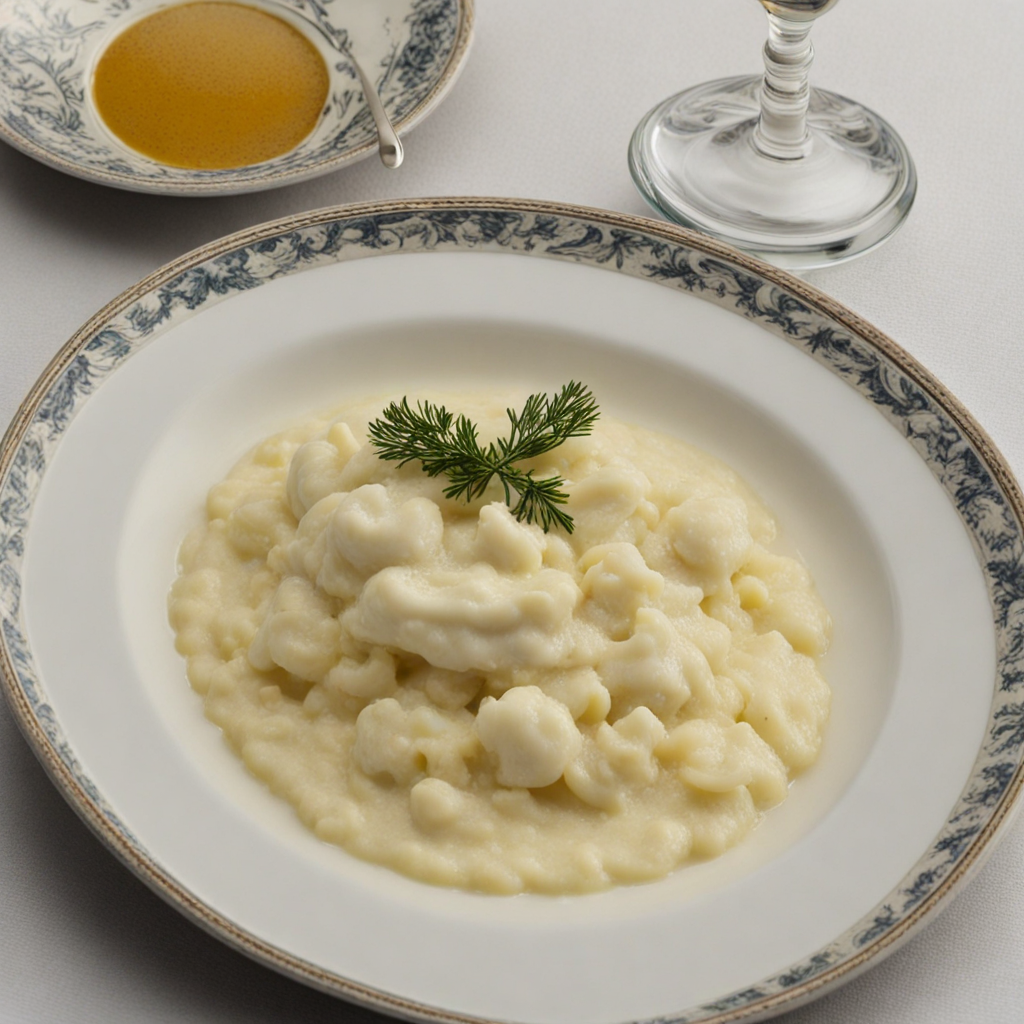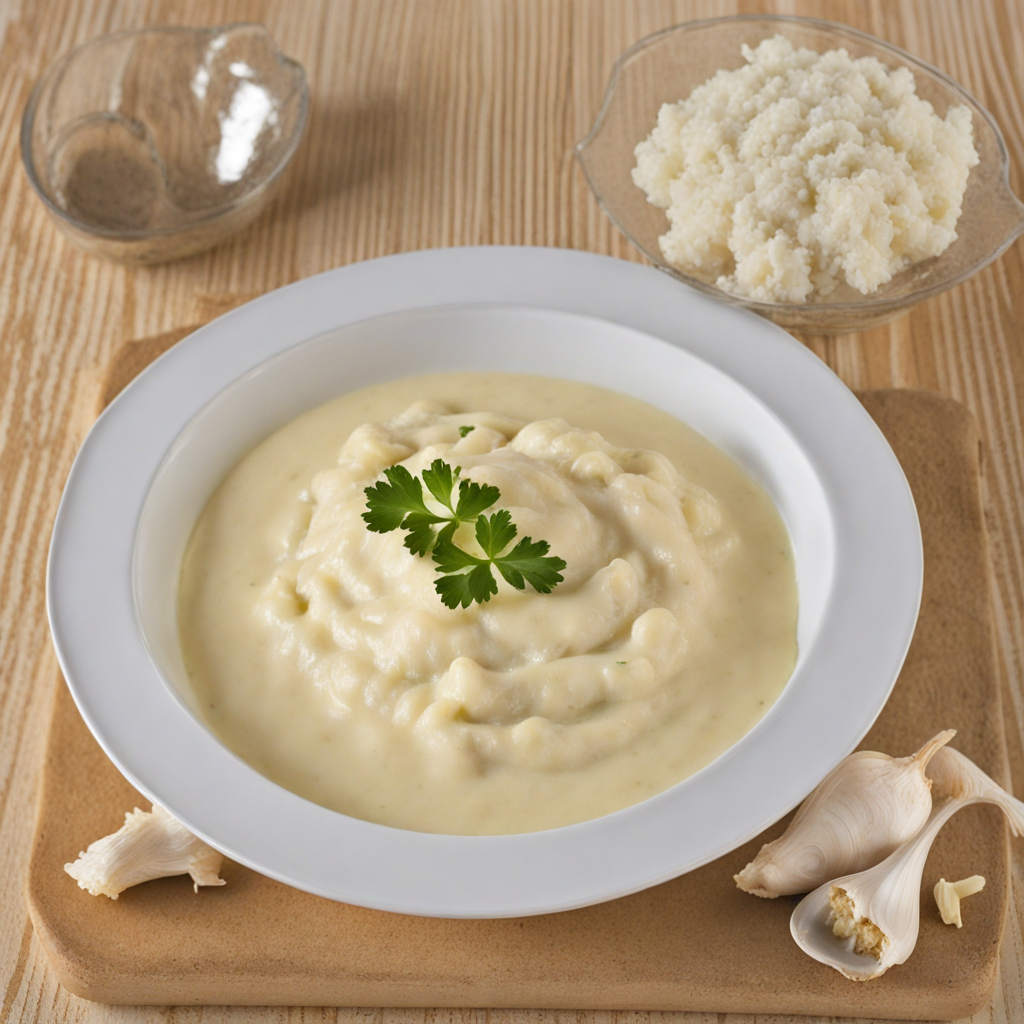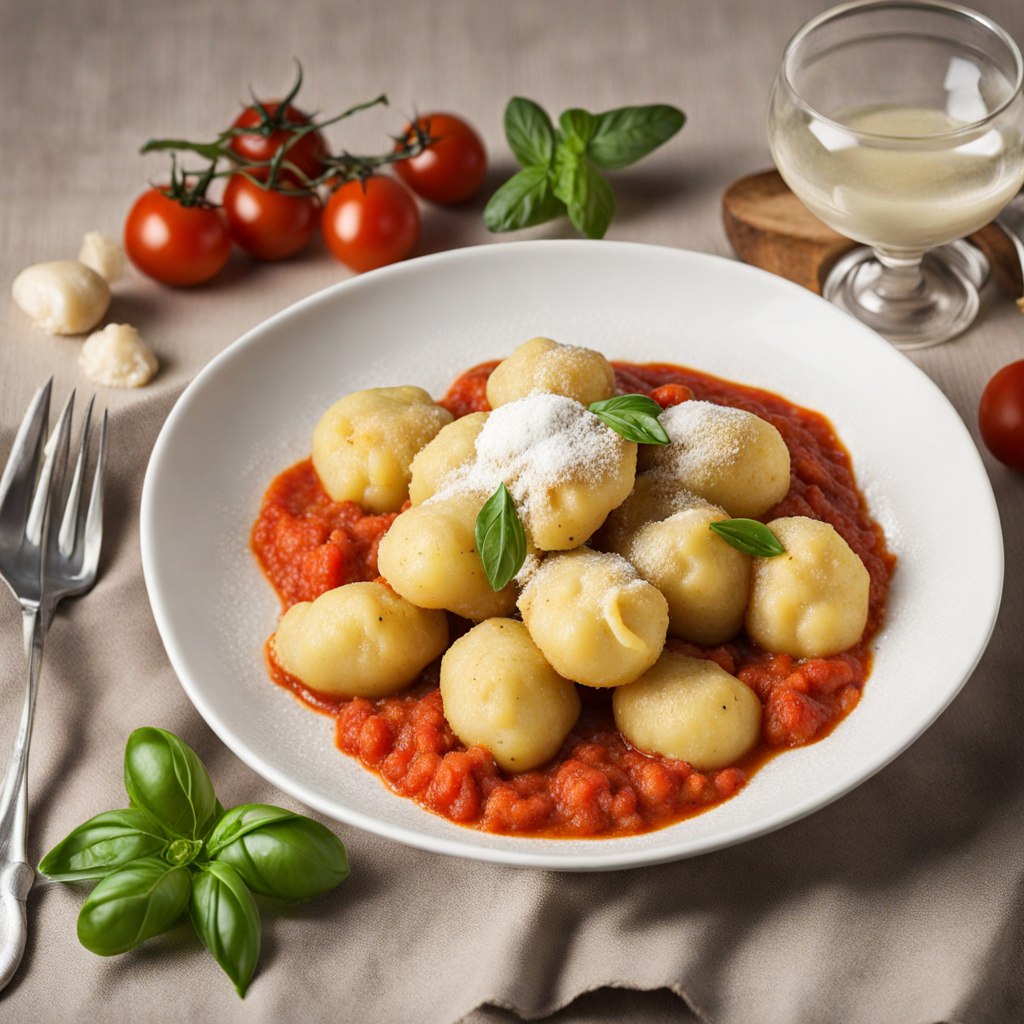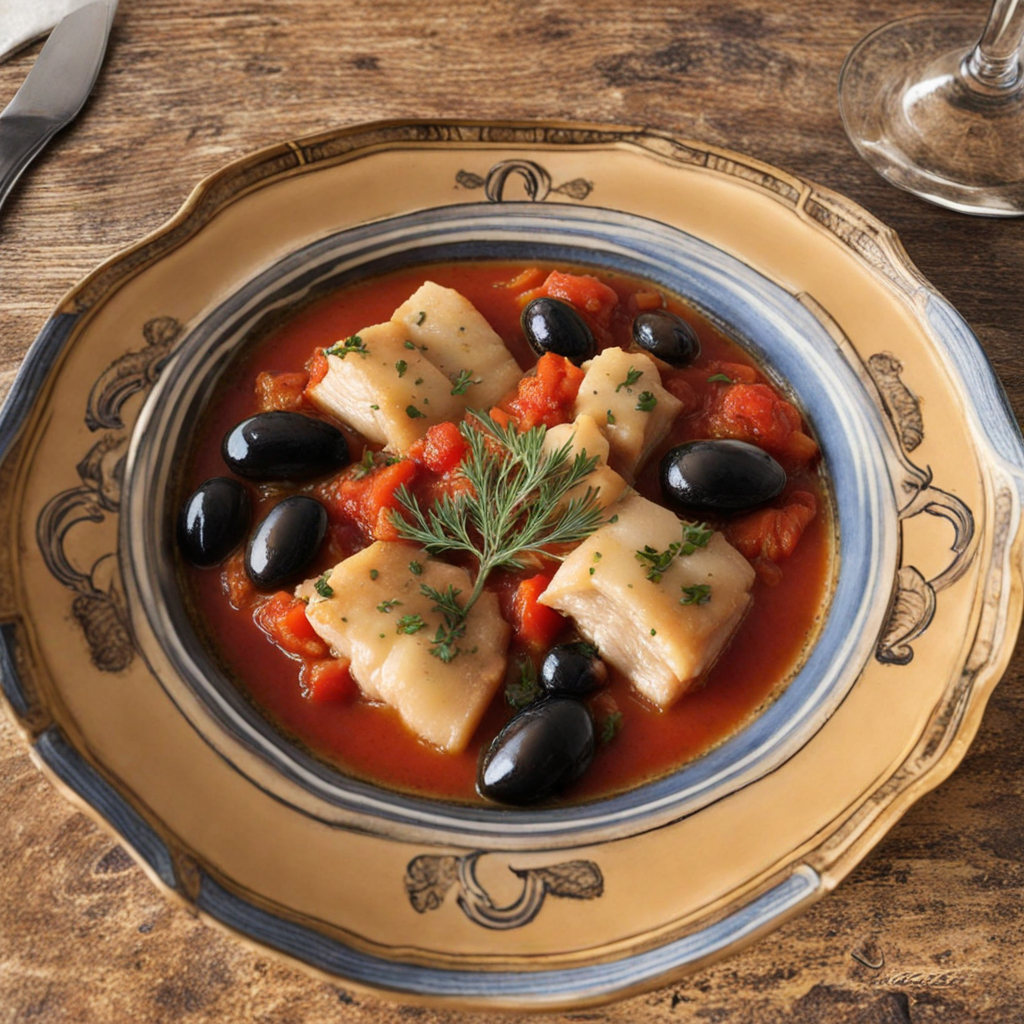Brandamincium
Brandamincium is a culinary gem from Monaco that encapsulates the essence of Mediterranean flavors while offering an intriguing twist. This dish typically features a base of delicate, freshly caught fish, often seasoned with a blend of local herbs such as thyme and rosemary. The fish is then lightly grilled or pan-seared to achieve a perfect golden crust, locking in the natural juices and flavors. Accompanying the fish is a vibrant medley of seasonal vegetables, often drizzled with a zesty lemon-infused olive oil that elevates the dish with a refreshing brightness. The heart of Brandamincium lies in its unique sauce, which is a blend of various regional ingredients. A base of creamy, handmade aioli is infused with capers, garlic, and a hint of saffron, providing a luxurious texture and a depth of flavor. This sauce is generously spooned over the fish, creating a harmonious balance between richness and zest. The dish is often garnished with microgreens or edible flowers, adding a touch of elegance that reflects the glamour of Monaco itself. What sets Brandamincium apart is its presentation and the experience that accompanies it. Served in a stylish, minimalist manner, the dish invites diners to appreciate not just the taste but the artistry behind it. Each bite offers a journey through Monaco’s coastal landscape, with flavors that are both familiar and novel. The interplay of textures—from the crispy fish skin to the creamy sauce—along with the vibrant colors of the vegetables, makes Brandamincium a feast for the senses, perfectly embodying the luxurious yet approachable spirit of Monegasque cuisine.
How It Became This Dish
Brandamincium: A Culinary Jewel of Monaco Origins Brandamincium, a unique dish that traces its origins to the small yet opulent principality of Monaco, embodies the rich tapestry of Mediterranean culinary traditions. Its name is derived from the Latin "brandus," meaning "burnt," and "amincium," a nod to the harmonious blend of ingredients that characterize this dish. The exact timeline of its inception remains somewhat nebulous, but historians suggest that Brandamincium emerged in the late 19th century, a period marked by the cultural and culinary flourishing of the region. The culinary landscape of Monaco has always been influenced by its geographic proximity to Italy and France, two nations famed for their gastronomic prowess. Monaco’s cuisine reflects this blend, incorporating local seafood, fresh vegetables, and aromatic herbs that flourish in the Mediterranean climate. The creation of Brandamincium can be seen as a response to the princely court’s demand for sophisticated yet hearty fare that would impress both local gentry and visiting dignitaries. Cultural Significance Brandamincium holds a special place in the culinary canon of Monaco. It is not merely a dish; it is a symbol of the Monegasque identity, reflecting the principality's historical connections to both French and Italian cultures. In Monaco, food is an integral part of social life and celebration. Brandamincium is often served during festive occasions, family gatherings, and significant cultural events. Its preparation is a communal activity, bringing together families and friends in the kitchen to share not just the labor but also the stories and traditions associated with the dish. The dish itself is a representation of the Mediterranean’s bounty, featuring local ingredients like fresh fish, shellfish, seasonal vegetables, and herbs such as basil and thyme. The use of olive oil, another staple of the region, adds depth and richness to the flavors. Its simplicity and the quality of its ingredients reaffirms the Monegasque philosophy of valuing fresh, local produce, which has been a hallmark of the region’s culinary practices. Over time, Brandamincium has transcended its humble beginnings, becoming a staple in high-end restaurants throughout Monaco. It is often found on the menus of the principality’s most prestigious dining establishments, where chefs put their own spin on the traditional recipe. This evolution signifies not only a respect for the dish’s roots but also a celebration of culinary innovation that characterizes modern Monegasque cuisine. Development Over Time As Monaco underwent significant changes in the 20th century, so too did Brandamincium. The post-war era saw an influx of tourists, particularly after the establishment of the Monte Carlo Casino and the subsequent rise of the French Riviera as a glamorous destination. The exposure to diverse culinary styles influenced the preparation and presentation of Brandamincium, leading to variations that incorporated elements from other Mediterranean cuisines. During the 1960s and 1970s, there was a renewed interest in traditional Monegasque dishes as chefs and food historians sought to preserve the culinary heritage of the principality. This resurgence coincided with a newfound appreciation for regional cuisine, as diners became more interested in the stories behind their food. Brandamincium benefitted from this trend, as chefs began to experiment with the dish, introducing new ingredients while staying true to its traditional roots. The dish became a canvas for creativity, with variations that included different types of fish or even vegetarian adaptations that highlighted seasonal produce. In the late 20th and early 21st centuries, the globalization of cuisine brought about an even greater transformation. International culinary influences began to permeate Monaco’s dining scene, and Brandamincium was no exception. Chefs began to incorporate techniques and flavors from Asian, Middle Eastern, and even American cuisines, resulting in a dish that still retained its essence but also showcased a cosmopolitan flair. This blending of culinary traditions mirrors Monaco's own identity—an amalgamation of cultures and influences that coexist harmoniously. Present Day Today, Brandamincium is celebrated not only as a culinary delight but also as a cultural artifact that tells the story of Monaco itself. It is a dish that encapsulates the essence of the Mediterranean lifestyle: fresh ingredients, communal preparation, and the joy of sharing meals with loved ones. The dish is now a signature offering in many of Monaco’s finest restaurants, where chefs take pride in crafting their own interpretations while honoring the original recipe. In recent years, sustainability has become a focal point in the culinary world, and this has also impacted the way Brandamincium is prepared. Chefs are increasingly sourcing ingredients from local fishermen and farmers, emphasizing the importance of sustainability and environmental stewardship. This not only ensures the freshness of the ingredients but also supports the local economy, reinforcing the dish’s ties to Monegasque culture. Brandamincium has also gained recognition beyond Monaco’s borders, featured in culinary festivals and events that celebrate Mediterranean cuisine. Its inclusion in international gastronomy underscores its importance as a dish that resonates with people and places, serving as a bridge between Monaco and the wider world. Conclusion Brandamincium is more than just a dish; it is a celebration of Monaco's rich culinary heritage, a testament to the enduring importance of food as a marker of identity and culture. Its evolution over time reflects the dynamic nature of cuisine, where tradition and innovation coexist, allowing for a culinary narrative that is as vibrant as the principality itself. As Monaco continues to thrive as a center of culture and luxury, Brandamincium will undoubtedly remain a cherished symbol of the region, inviting all to partake in its history and flavors. Whether enjoyed in a bustling restaurant or a quiet home kitchen, Brandamincium continues to bring people together, embodying the very spirit of community and celebration that defines the Monegasque way of life.
You may like
Discover local flavors from Monaco







